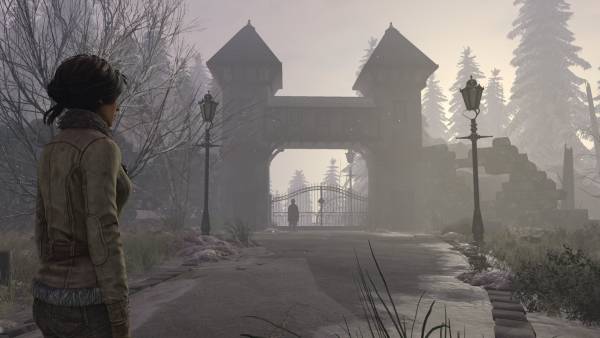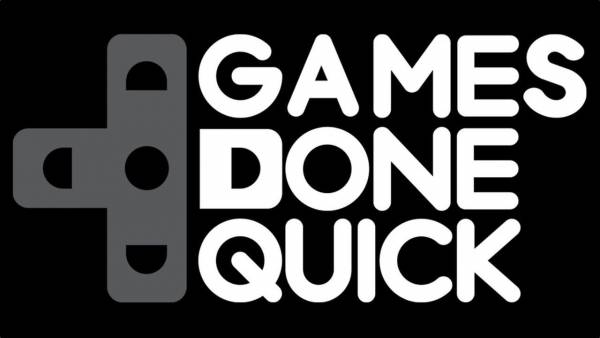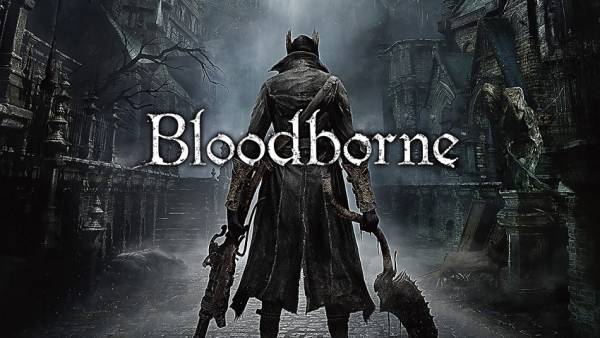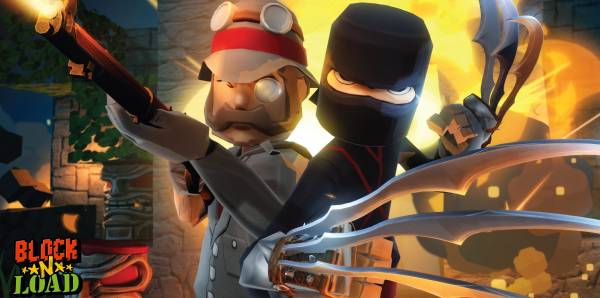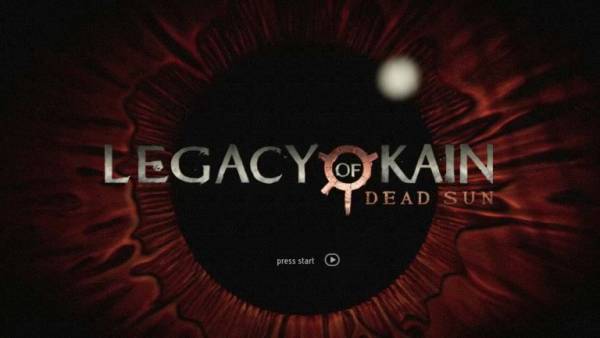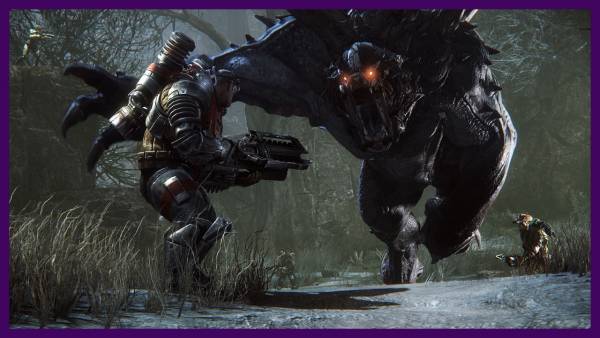It has been just under a decade since the last Thief title came out, and some would argue even longer since the last ‘good‘ Thief game. In that time the stealth genre has bust wide open. There have been five Splinter Cell Games, over six Metal Gear titles, a new Deus Ex, and Dishonored; an experience so close to Thief Corvo probably feels a little ashamed of himself. Since Deadly Shadows, we have come a long way, and with that, expect a lot more. With just under a month until release, what can Eidos-Montreal have hopefully put in the game to make it familiar to older fans, while pleasing to play for new players?
It would be easiest to first deal with the elephant in the room, yes Dishonored came out almost two years ago and did an exceedingly good job at being a modern Thief. For a stealth game, Arkane Studios still managed to fit a lot of action in the moment to moment gameplay. This was in no small part due to the super-powers Corvo gained, primarily the teleport ability. This allowed quick traversal, fast escapes, or in other words, “quick stealth”. Hopping from chandeliers to book cases, and shadow to shadow became the new expectation for first-person stealth.
Surprisingly, it would probably be best for Thief to not emulate this design choice. Where Corvo leapt across rooftops, Garrett slinks through buildings and ruins. Confined spaces were Thief’s strong suit, making each cramped space a tense game of cat and mouse as you avoid unwanted attention. Dishonored generally gave you the ability to take a high vantage point, and survey your perfect route before executing your plan, Thief is about thinking on your feet as your slowly prowl through the darkness.
Eidos-Montreal has however implemented a “swooping” ability, which quickly moves Garrett across a shorter distance that Corvo’s teleport. This allows him to dash between shadows, but doesn’t render him invisible. The teleport was easy to abuse, using it to incorporeally move past stationed guards. Swooping on the other hand, is best used at a distance to get behind cover. This design choice shows that Eidos-Montreal is fully aware of what is expected of them by modern gamers, while also working it to Thief’s advantage. It not only fits well into Garrett’s profession as a master Thief, but is better suited to the slower-paced gameplay of the series.

Swooping Only Really Works If You Have A Cape, Ask Batman
Admittedly, my biggest concern is the world. The City has always been split diametrically between the religiously extreme Hammerite Order, and the chaotic Pagans. They added flavour to The City, and drove the majority of the plot forwards, as each group had their key-figures and aims. Along with this, both the City and the immediate area surrounding it, were populated by a menagerie of creatures. Haunts, Zombies, Burricks, Clawmen, and ghostly apparitions were present in most missions. It added variety to mission structures, as sometimes conflict was extremely difficult to avoid, and wild animals require a different tact to human enemies.
So far none of these things have been seen, and story details are very thin on the ground. What is known however is that the story focuses on a conspiracy, a tyrannical baron, and a deadly plague munching its way through the general population. This is sounding dangerously close to Dishonored, and the possible removal of the previous game’s factions and wildlife may rob the setting of some much needed texture that would help it differentiate itself. Dishonored after all primarily focused on the rich vs the poor, with a few zombies and a few irate plants. The inclusion of the Hammerites and Pagans could help The City seem like a more alluring place than Dunwall, with a handful of cultures, rather than just the one shown in Dunwall, along with the few alluded to in the in-game texts.
One thing the original games nailed were the wide open levels. Much like the Deus Ex series, Thief gave each stage multiple ways to approach it, such as attempting to sneak in through the front, or taking your time to find a hidden access point. Some would require resources to access, where as others were more direct and risky. Hidden away within each section would be collectables, such as paintings and jewels, which would add to your level total and could be used to purchase other goods later on. Used very similarly in both Deus Ex and Dishonored, this gave an incentive to cleaning out that bank or museum. If you wanted to stay stocked up and fully upgraded, you needed to hunt down that diamond encrusted crown. It also gave drive to fully explore the levels, giving you time to soak in the atmosphere and eye for detail the developers took while making it.
Hopefully all of this will stay, instead of going the way other stealth games, such as Hitman, which have taken a step back for a more directed experience. While this isn’t necessarily bad, it most likely wouldn’t work to Thief’s advantage, leaving less room for experimentation and exploration.
The last thing is the focus on combat, or rather not getting into a fight. Adam Jensen, Corvo, Agent 47, Snake, and Sam Fisher can now all handle themselves in combat. Sometimes it hits the fan, and the only way out is a barrage of hot lead or a good punch to the nose. Garrett should not be able to fight his way out of most situations. Being a THIEF, combat has always been the last option. Swordplay has always been awkward, underpowered and exposure almost always meant certain death. Dishonored did away with this by making the swordplay extremely easy through simple controls and mechanics, as well as being reinforced by an array of magical powers, but this isn’t the route Thief should take.

The Best Thief Is The One That Isn’t Seen, Not The One With The Highest Kill Count
I know player choice has been a thing for a while now, but, tonally at least, being able to kill every guard in a murderous rage wouldn’t mesh well with the rest of the game. I want to play Garret the thief, not Garrett the fourth horseman of the apocalypse. If Eidos-Montreal still want players to choose whether to kill or not, which leads to two wildly contrasting endings, then reinforce it differently. Dishonored did this by giving the player the agency to either take the more difficult route, with the reward of having mastered the games stealth mechanics and helping the city by not spreading plague, or using his full measure of power by stabbing, shooting and super-powering his way towards his goals, but plunging the city into further chaos as you disrupt vital infrastructure and spread disease further afield.
Let players choose the same way in Thief by making it easier to kill to get through, but having it become harder in the long run. Have guards notice when their colleagues disappear, or notice a patch of blood you leave after a good stabbing. On the flip side, have knocked out patrol-men wake up eventually, and possibly raise an alarm or become more vigilant. Make each approach a tempting choice, trading off short-term gain/difficulty, for long term difficulty/gain. The truly masterful approach in Thief has always making it look like you were never there to begin with, so perhaps a good option would be to have vaults slam shut at the first sign of trouble, making it harder to get that last gold bar.
Eidos-Montreal is an experienced studio, and proved they could create great similar experiences in Deus Ex: Human Revolution. I have faith that either way they will create a game worth playing. Will they create a good Thief game though? Or will it be a stealth game, wearing the mask of a long gone series? We will find out in a month. Until then, get away from me you stinking taffers!
